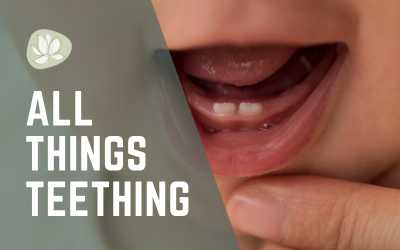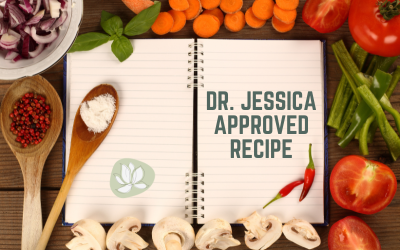Ingredients: A Closer Look
- Gum Base: Originally, Mayan people chewed chicle, derived from the sapodilla tree,(similar to how we harvest maple syrup) as a way to quench thirst or fight hunger. As the world changed and production needs ramped up, chemists found a way to bypass nature and create a gum based on a synthetic equivalent, polyisobutylene a petroleum-based rubber used to make the inner tubes of tires and polyvinyl acetate, also known as white glue.
- Sweeteners: With the rage of all things sweet, coupled with the ability to create sweeteners chemically, The range of sweeteners used can span from traditional sources like sugar and high-fructose corn syrup to modern alternatives such as aspartame, sucralose, and sorbitol. More about this below
- Flavorings: Aromatic flavors like mint, fruit, and cinnamon are added to enhance the sensory experience of chewing gum. These flavors are typically synthetic, again cheaper to make in a lab than waiting on that mint plant, harvesting it, and processing for gum. Can be linked to headaches and failure to focus.
- Softeners: Softeners such as glycerin or vegetable oils (roundup-based) maintain the gum’s moisture and flexibility. They contribute to the overall texture and mouthfeel of the gum.
- Fillers and Bulking Agents: Some chewing gum products incorporate fillers or bulking agents like talc, calcium carbonate (usually drywall material or stones crushed), or magnesium carbonate(mainly sourced in China). These substances help achieve the desired volume and consistency of the gum.
The Stress Response and Chewing Gum: A Connection Revealed
One intriguing facet of chewing gum’s influence is its interaction with the body’s stress response system. Research has unveiled a potential link between chewing gum and stress reduction.
- High-Fructose Corn Syrup: A round-up product that is made in one of two factories in America. One uses a steam bath and the other uses Mercury. When tested found to have 5x the daily allowable amount of mercury in their products. So anything with HFCS is a 50/50 gamble on mercury ingestion.
- Aspartame: Found in many sugar-free gums, has been linked to various health issues. Digestive disturbances like bloating, gas, and diarrhea have been reported in individuals sensitive to this sweetener. Beyond the digestive tract, some studies have explored a potential link between aspartame consumption and neurological disorders, including headaches, migraines, and even seizures. Aspartame ingestion has also been associated with behavioral changes in a subset of individuals, potentially affecting mood and cognitive function.
- Sucralose: Sucralose, often marketed as a calorie-free alternative to sugar, has also been widely used in gum. Despite its popularity, concerns about its effects on gut health have also been raised. The risk of digestive problems increases due to the alteration of gut bacteria (kills probiotics), which plays a pivotal role in digestion, metabolism, and even immune function. Many people use this to avoid or help with diabetes, only to find out it alters glucose and insulin levels significantly than sugar.
- Acesulfame Potassium (Ace-K): Employed to enhance the sweetness in gum, is another artificial sweetener that has drawn attention due to potential health implications. Some studies suggest that Ace-K might affect insulin secretion and blood sugar regulation, which could affect individuals with metabolic conditions like diabetes. Or even set you up for it, as many people are not aware this is artificial sugar.




Recent Comments